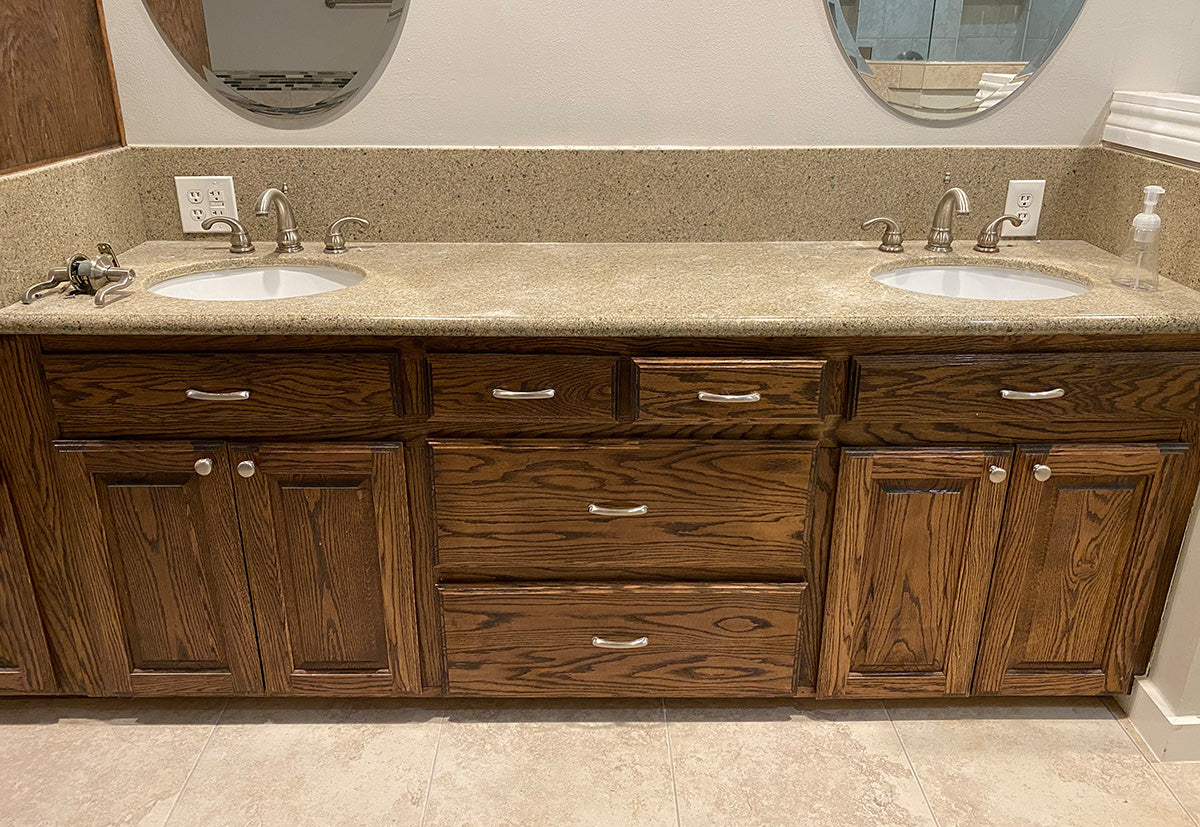

Articles
How High Should Vanity Outlets Be
Modified: May 6, 2024
Learn about the ideal height for vanity outlets in this informative article. Find out how to ensure convenience and safety when installing vanity outlets in your home.
(Many of the links in this article redirect to a specific reviewed product. Your purchase of these products through affiliate links helps to generate commission for Storables.com, at no extra cost. Learn more)
Introduction
When it comes to designing and configuring an ideal bathroom layout, one must consider various factors, including the placement of outlets. Among these, the height of vanity outlets is an important consideration. Vanity outlets serve as essential electrical access points for various bathroom appliances, from hairdryers to electric toothbrushes. In this article, we will explore the standard height of vanity outlets, discuss the factors to consider when determining their placement, and highlight some practical options to keep in mind. Additionally, we will touch upon safety considerations to ensure that the placement of vanity outlets is both convenient and secure.
Key Takeaways:
- The standard height for vanity outlets is 42 inches from the floor, providing convenient access while minimizing water contact risk. Consider user needs, future requirements, and safety for a well-rounded approach.
- Practical placement options like wall-mounted, under-cabinet, pop-up, and mirror-mounted outlets offer functionality and aesthetics. Prioritize safety by avoiding water exposure, using GFCI outlets, and consulting professionals for a secure bathroom environment.
Read more: How High Should A Vanity Light Be
Standard Height of Vanity Outlets
When it comes to determining the standard height of vanity outlets, there is some variation depending on the jurisdiction and local building codes. However, a common guideline followed by many professionals is to install vanity outlets at a height of 42 inches from the finished floor level. This height offers a convenient access point for users to plug in their electrical devices without bending too low or straining their backs.
Another important consideration is the distance between the vanity outlet and the sink. It is generally recommended to keep a distance of at least 3 feet between the outlet and any water source, such as the sink basin or faucet. This precaution helps minimize the risk of water splashing or accidental contact with electrical outlets, ensuring the safety of occupants.
It’s worth noting that the standard height of vanity outlets might not cater to every individual’s needs. Factors such as the height and mobility of the bathroom users should be taken into account to ensure the outlets are easily accessible for everyone. In some cases, it may be necessary to adjust the outlet height accordingly, considering specific user requirements.
In instances where multiple vanities are installed, such as in large master bathrooms, it is essential to maintain consistency in the outlet height across all vanities. This ensures uniformity in design and functionality and makes it easier for users to find and utilize the outlets efficiently.
Factors to Consider for Vanity Outlet Height
Determining the appropriate height for vanity outlets involves considering several factors. These factors can vary depending on individual preferences and needs. Here are some key considerations to keep in mind:
- User’s Height and Mobility: The height of vanity outlets should be accessible to all users, regardless of their height or mobility. Consider the average height of the household members and ensure that the outlets are within reach for easy access.
- Appliances and Devices: Take into account the specific electrical appliances and devices that will be used at the vanity area. Different devices may have varying cord lengths and plug sizes, so it’s important to ensure that the outlets are positioned at a height that accommodates these requirements.
- Location and Type of Vanity: The style and layout of the vanity can influence the placement of outlets. For example, if the vanity has drawers or storage compartments, it may be necessary to install outlets at a higher height to allow for proper clearance and functionality.
- Future Needs: Anticipate future electrical needs in the bathroom. Consider any potential changes or additions to the space that may require additional outlets. Installing extra outlets during the initial construction or renovation can save time and money in the long run.
It is vital to strike a balance between convenience and aesthetics when deciding the height of vanity outlets. While accessibility is important, you also want to ensure that the outlets do not disrupt the overall design and flow of the vanity area.
Remember to consult with a professional electrician or bathroom designer who can provide expert advice on the ideal outlet height based on your specific needs and space configuration.
Vanity outlets should be installed at a height of 42 inches above the finished floor. This allows for easy access and use of hair dryers, curling irons, and other grooming tools.
Practical Placement Options for Vanity Outlets
When it comes to the placement of vanity outlets, there are several practical options to consider. The goal is to select a position that balances functionality, accessibility, and aesthetics. Here are some placement options to explore:
- Wall-Mounted Outlets: Wall-mounted outlets are a popular choice for vanity areas. Installing outlets directly on the wall, at the recommended height of 42 inches, provides easy access for plugging in electrical devices. These outlets can be positioned horizontally or vertically, depending on personal preference and the available space on the wall.
- Under-Cabinet Outlets: Another option is to install outlets underneath the vanity cabinet. This placement helps keep the countertop clear of visible cords, resulting in a cleaner and more organized appearance. Consider using angled power strips specifically designed for under-cabinet use to maximize space and ensure proper cable management.
- Pop-Up Outlets: For a sleek and discreet option, consider installing pop-up outlets directly on the countertop or within the vanity itself. These outlets can be hidden when not in use, providing a seamless and clutter-free surface. Pop-up outlets are an excellent choice for those who prioritize aesthetics and want to maintain a minimalistic look in their bathroom design.
- Mirror-Mounted Outlets: Some vanity mirrors come equipped with built-in outlets. These outlets are typically positioned along the edges of the mirror or integrated into the mirror itself. Mirror-mounted outlets offer a convenient solution for those who prefer to have their electrical access points integrated directly into their vanity mirror. However, it’s important to ensure that the mirror-mounted outlets are positioned at a suitable height for easy access.
Ultimately, the placement of vanity outlets should align with the specific needs and preferences of the individuals using the bathroom. Consider the layout of your vanity area, the location of electrical wiring, and the compatibility with your desired bathroom design. Consulting with a professional electrician or bathroom designer can provide valuable insight and guidance to help you make the right choice for your vanity outlet placement.
Safety Considerations for Vanity Outlet Placement
When determining the placement of vanity outlets, it is crucial to prioritize safety to minimize the risk of electrical hazards. Here are some important safety considerations to keep in mind:
- Avoiding Water Exposure: Ensure that the outlets are placed at a safe distance from water sources such as sinks, faucets, and showers. Water and electricity do not mix well, so it’s essential to prevent any potential water splashes from coming into contact with the outlets. A general guideline is to maintain a distance of at least 3 feet between the outlets and any water source.
- GFCI Protection: Ground Fault Circuit Interrupter (GFCI) outlets are an essential safety feature in bathrooms to protect against electric shock. GFCI outlets should be installed in all areas near water sources, including vanity outlets. These outlets automatically shut off the power if they detect any abnormal electrical flow, providing an extra layer of protection for bathroom users.
- Adequate Wiring and Electrical Capacity: Ensure that the electrical wiring and circuitry for the vanity outlets are properly installed and capable of handling the electrical load. Consulting with a professional electrician can help determine the suitable wiring size and ensure that the outlets are properly grounded.
- Avoid Overcrowding Outlets: Avoid overcrowding outlets with multiple appliances and devices connected to a single outlet. Overloading an outlet not only increases the risk of electrical hazards but also puts a strain on the electrical circuit. Consider installing additional outlets or using power strips with built-in surge protection to distribute the electrical load more evenly.
- Childproofing Outlets: If there are children in the household, consider using childproof outlet covers or tamper-resistant outlets to prevent accidental contact with the outlets. These childproofing measures add an extra layer of safety and peace of mind, especially in households with curious little ones.
It is always recommended to consult with a professional electrician for guidance and advice on safety protocols specific to your bathroom. They can help ensure that the vanity outlets are installed in compliance with local electrical codes and regulations, providing a safe environment for you and your family.
Conclusion
When it comes to the placement of vanity outlets in a bathroom, there are several factors to consider. By adhering to the standard height guidelines of 42 inches from the floor, you can provide convenient and accessible electrical access points for users. However, it’s important to also take into account specific user needs, such as height and mobility, as well as future electrical requirements.
There are various practical placement options for vanity outlets, including wall-mounted outlets, under-cabinet outlets, pop-up outlets, and mirror-mounted outlets. Each option offers its own benefits in terms of functionality and aesthetics, allowing you to customize your bathroom design to suit your preferences.
However, as you plan for the placement of vanity outlets, safety considerations should always be a top priority. Avoid placing outlets in close proximity to water sources and ensure the use of GFCI outlets for added protection against electrical shocks. Proper wiring and electrical capacity, as well as avoiding overcrowding and childproofing outlets, are crucial steps in creating a safe bathroom environment.
In conclusion, the height and placement of vanity outlets should strike a balance between convenience, accessibility, and safety. Consulting with professionals, such as electricians or bathroom designers, can provide valuable insights and ensure that the placement of vanity outlets meets both your functional and safety requirements. With proper planning and consideration, you can create a bathroom layout that is not only aesthetically pleasing but also efficient and safe for all users.
Curious about other home improvement ideas beyond vanity outlet placement? Dive into the world of home projects with our guide on DIY projects. Embracing DIY not only saves money but also adds a personal touch to your space, letting you tailor each project to your taste and needs. Get hands-on and experience the satisfaction of crafting something truly unique for your home. Don't miss out on discovering how rewarding DIY endeavors can be!
Frequently Asked Questions about How High Should Vanity Outlets Be
Was this page helpful?
At Storables.com, we guarantee accurate and reliable information. Our content, validated by Expert Board Contributors, is crafted following stringent Editorial Policies. We're committed to providing you with well-researched, expert-backed insights for all your informational needs.
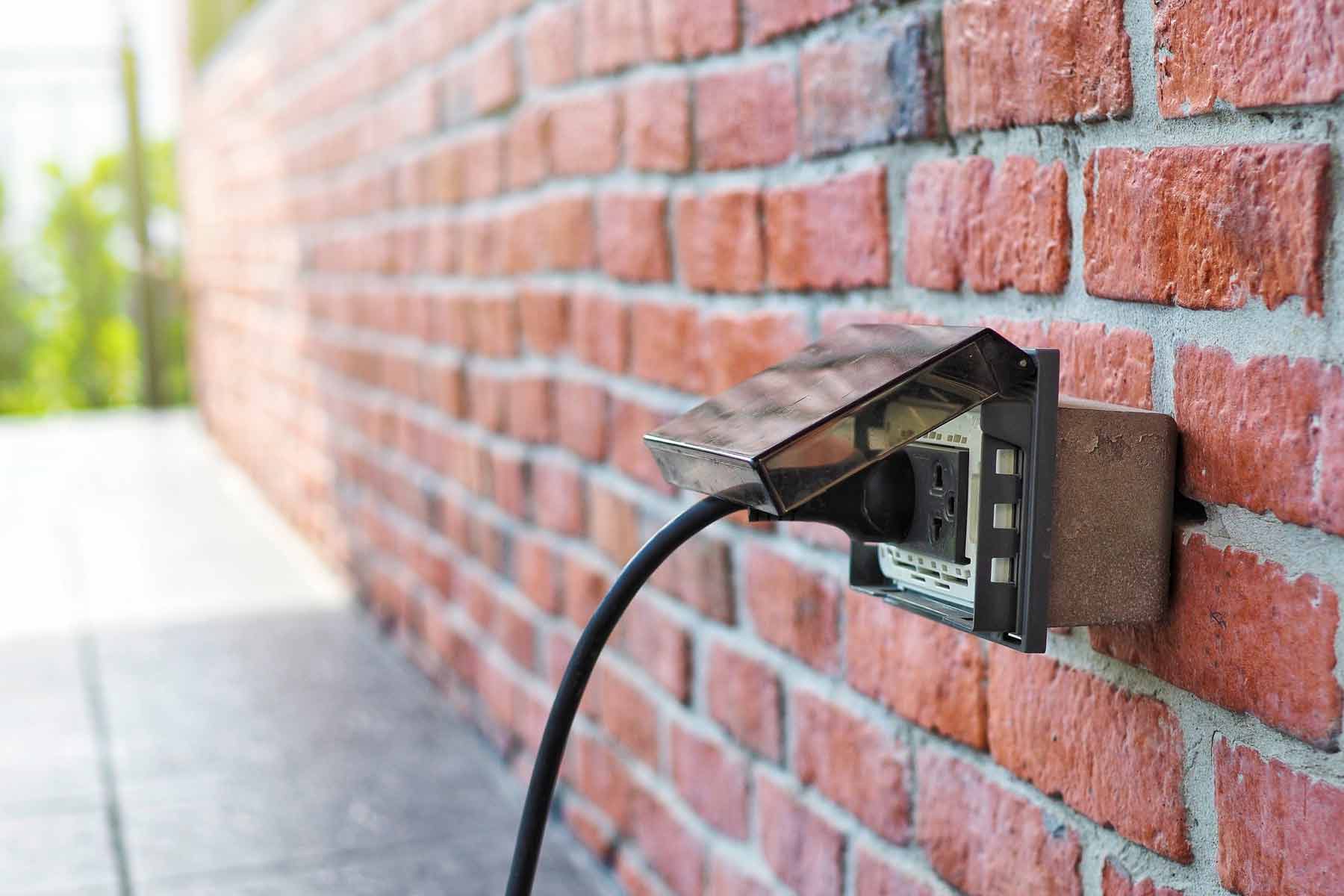



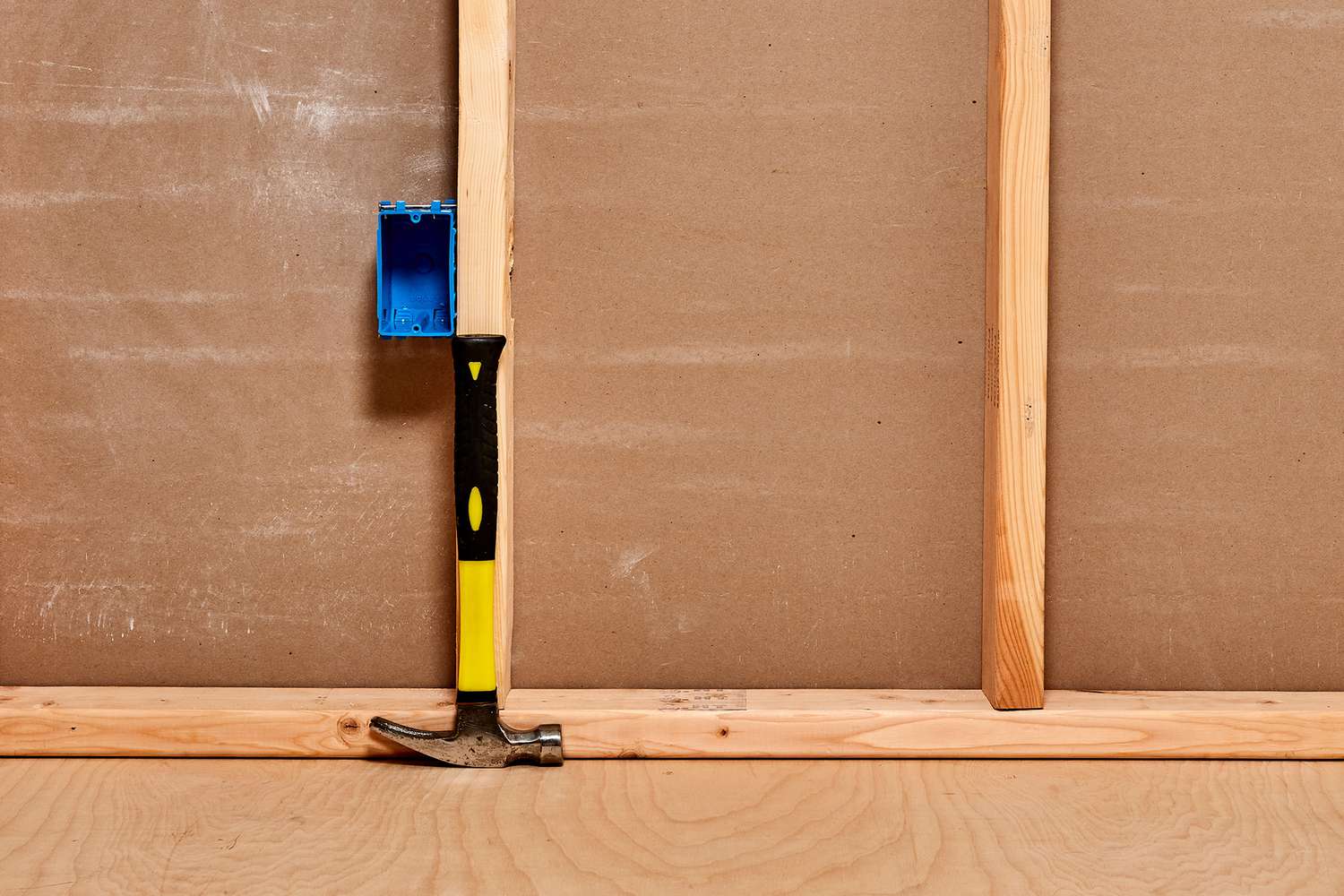



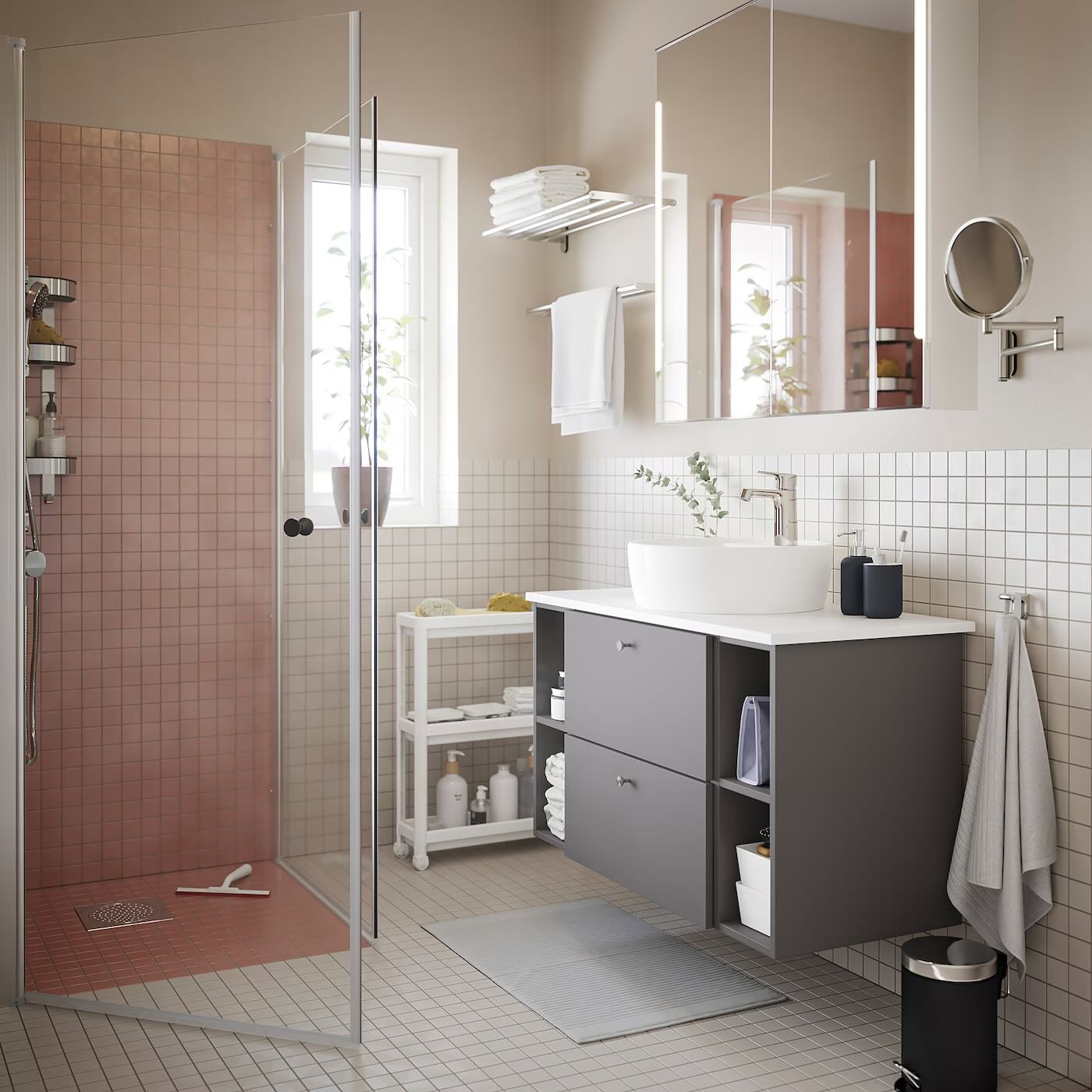
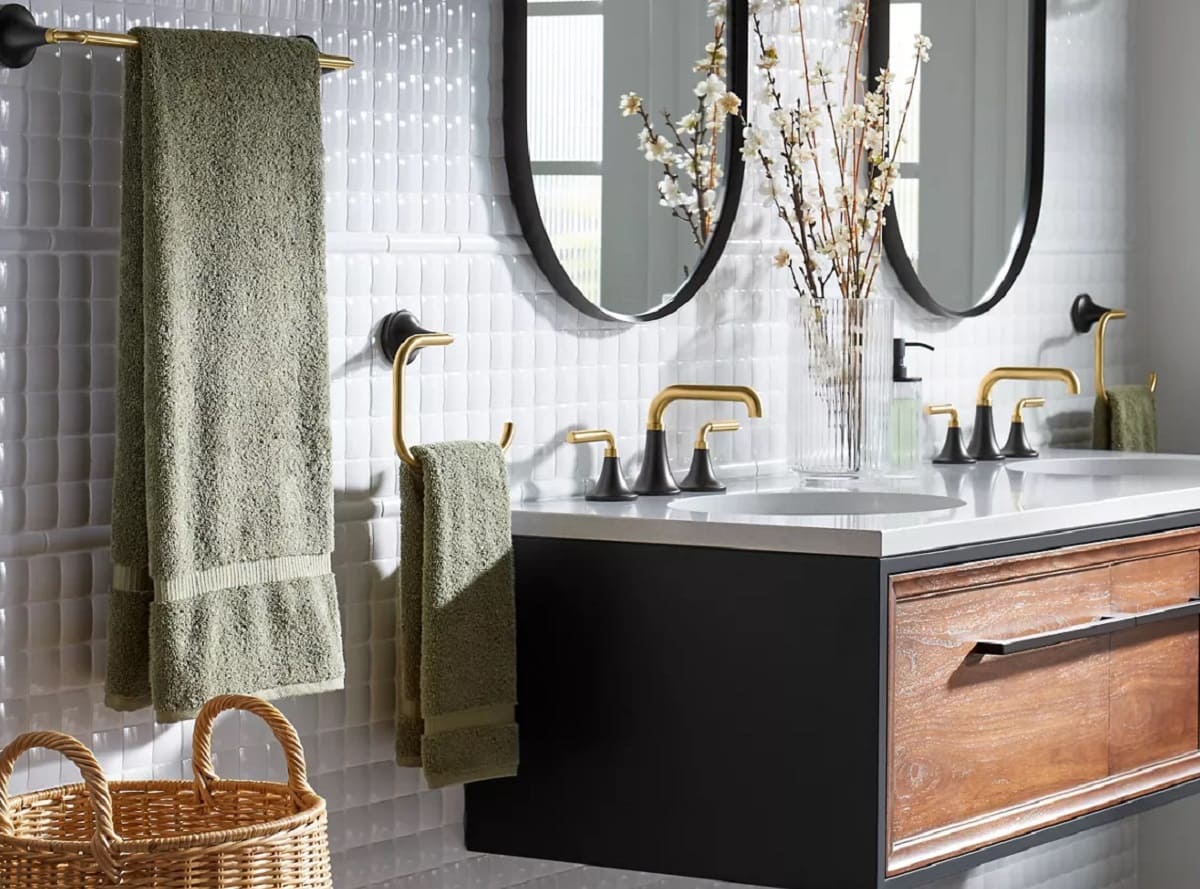

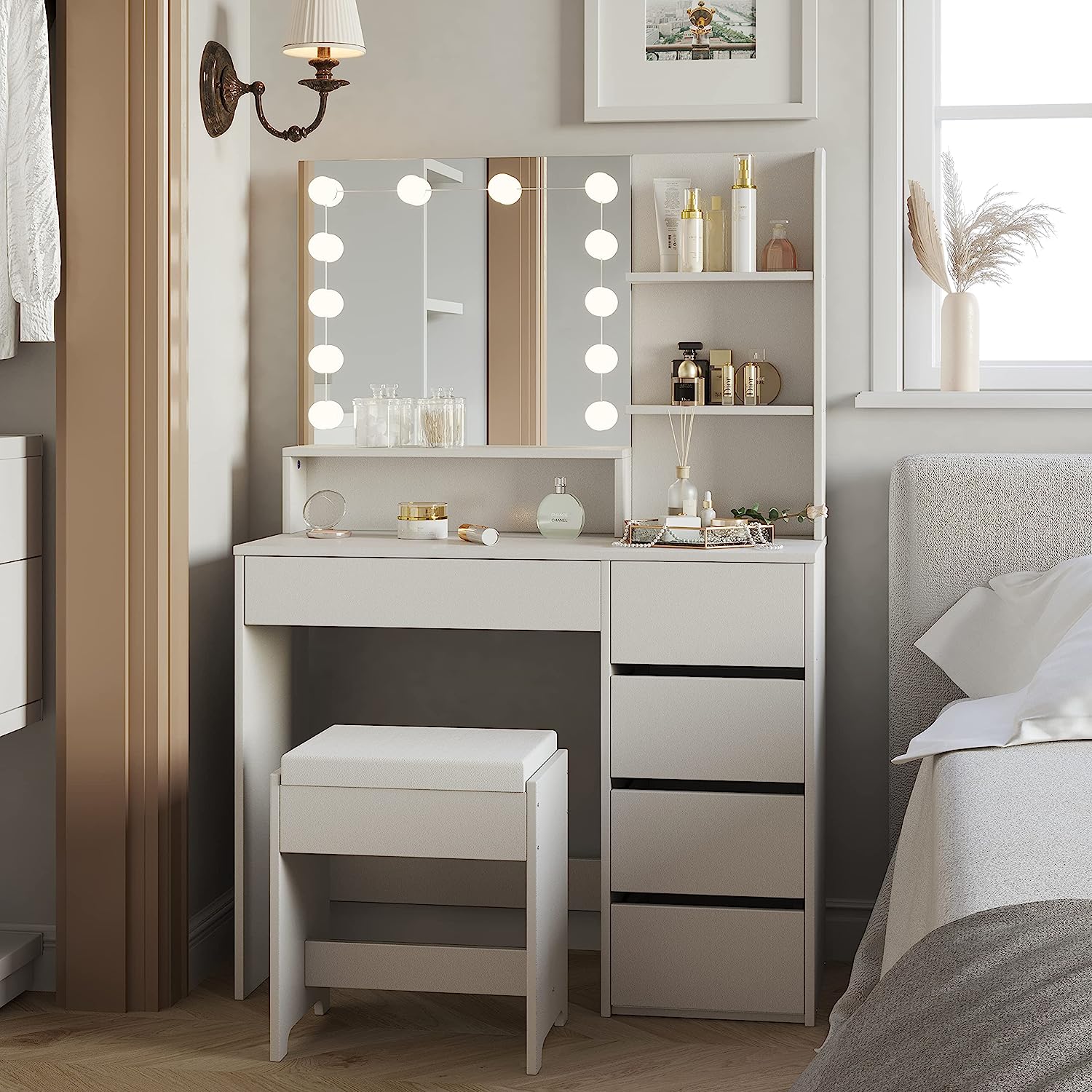
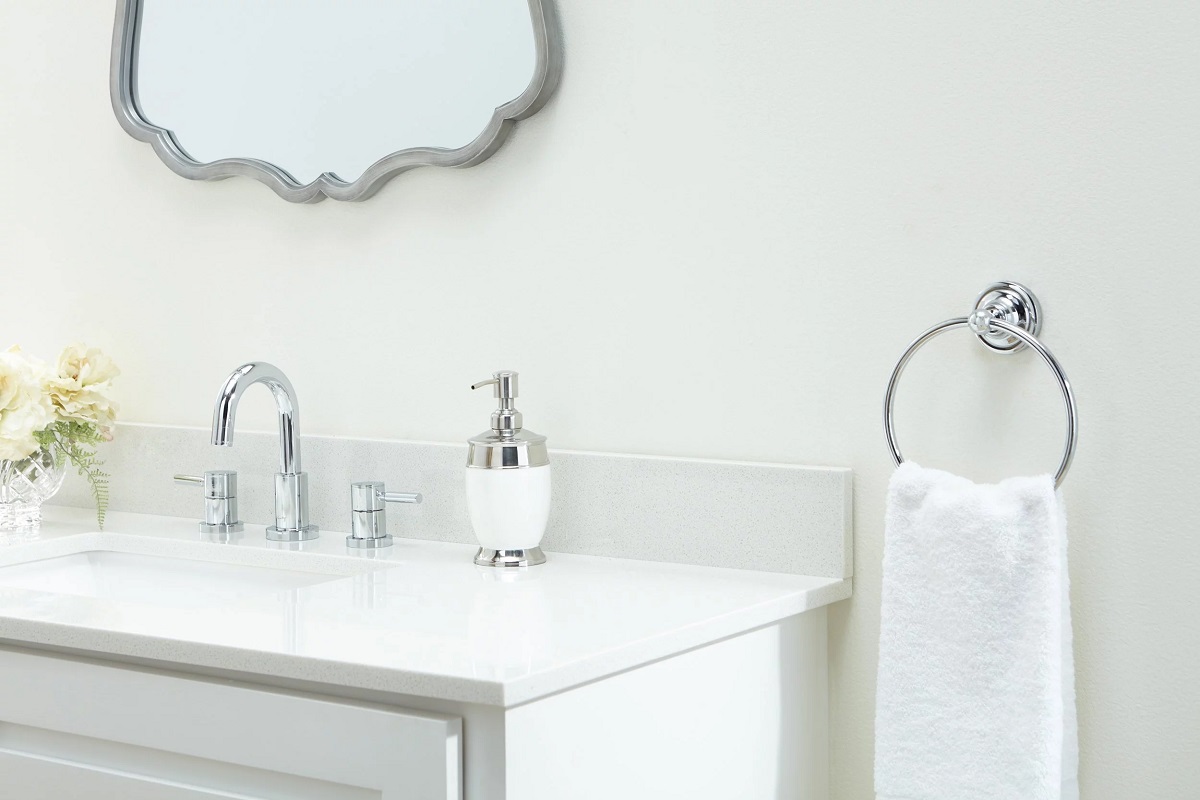


0 thoughts on “How High Should Vanity Outlets Be”